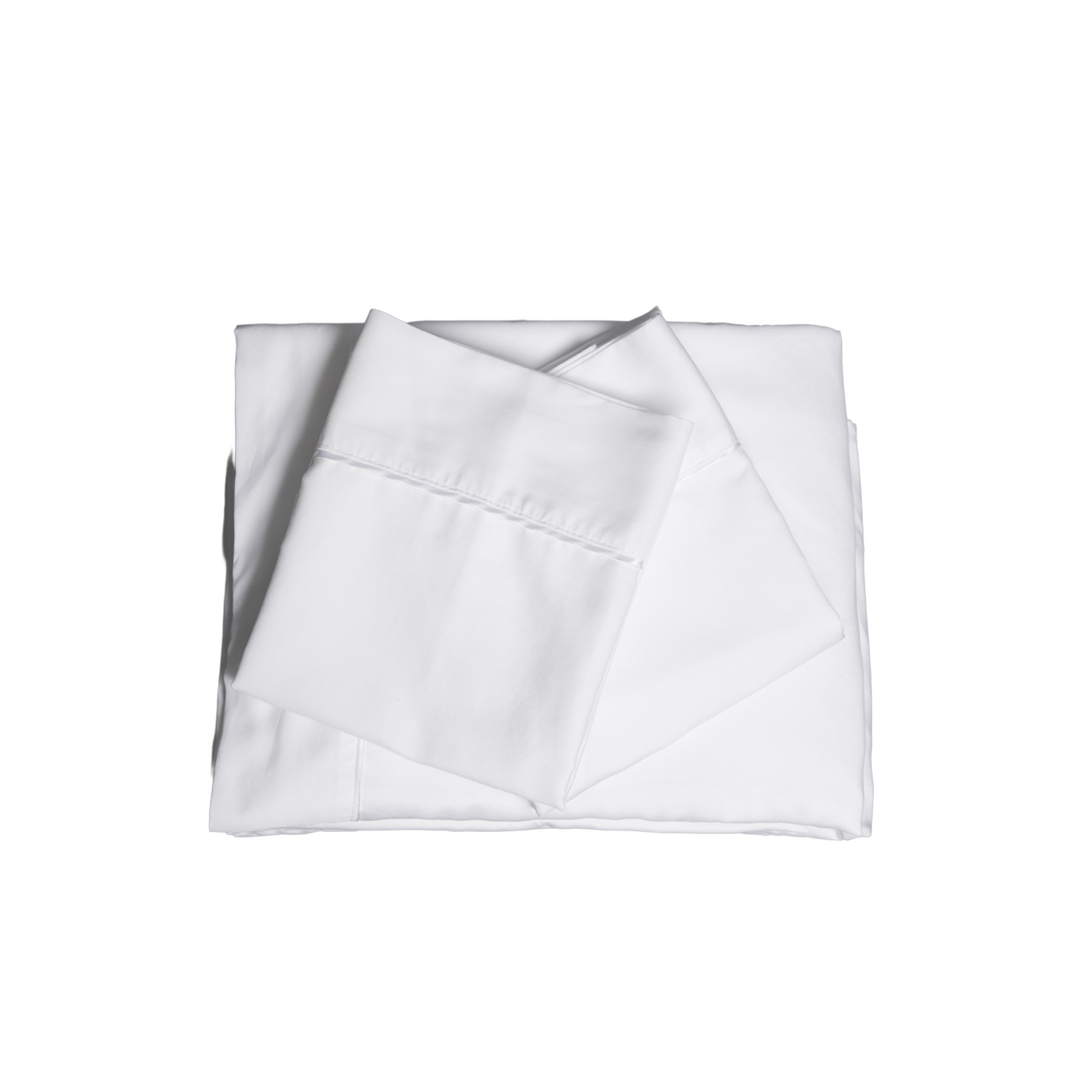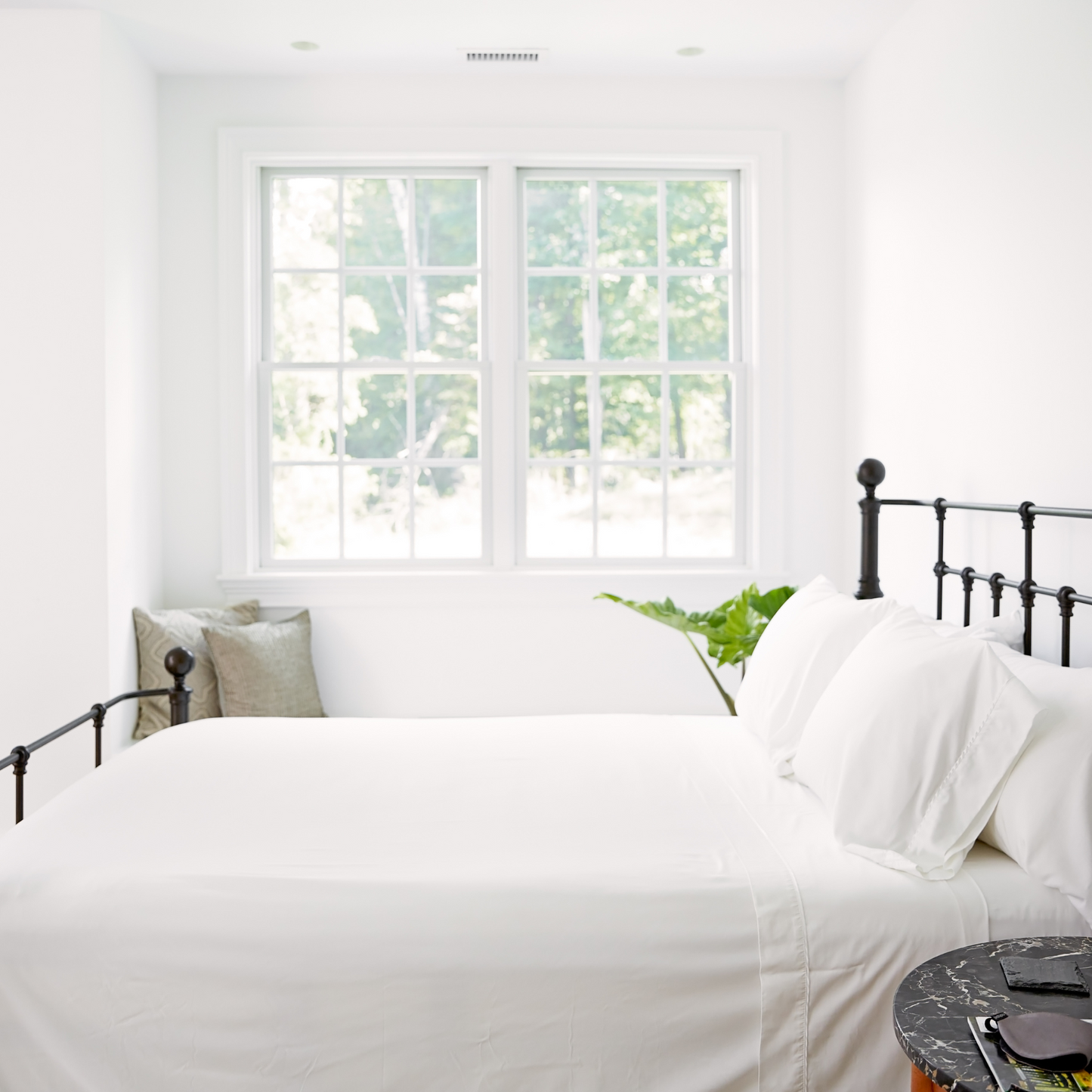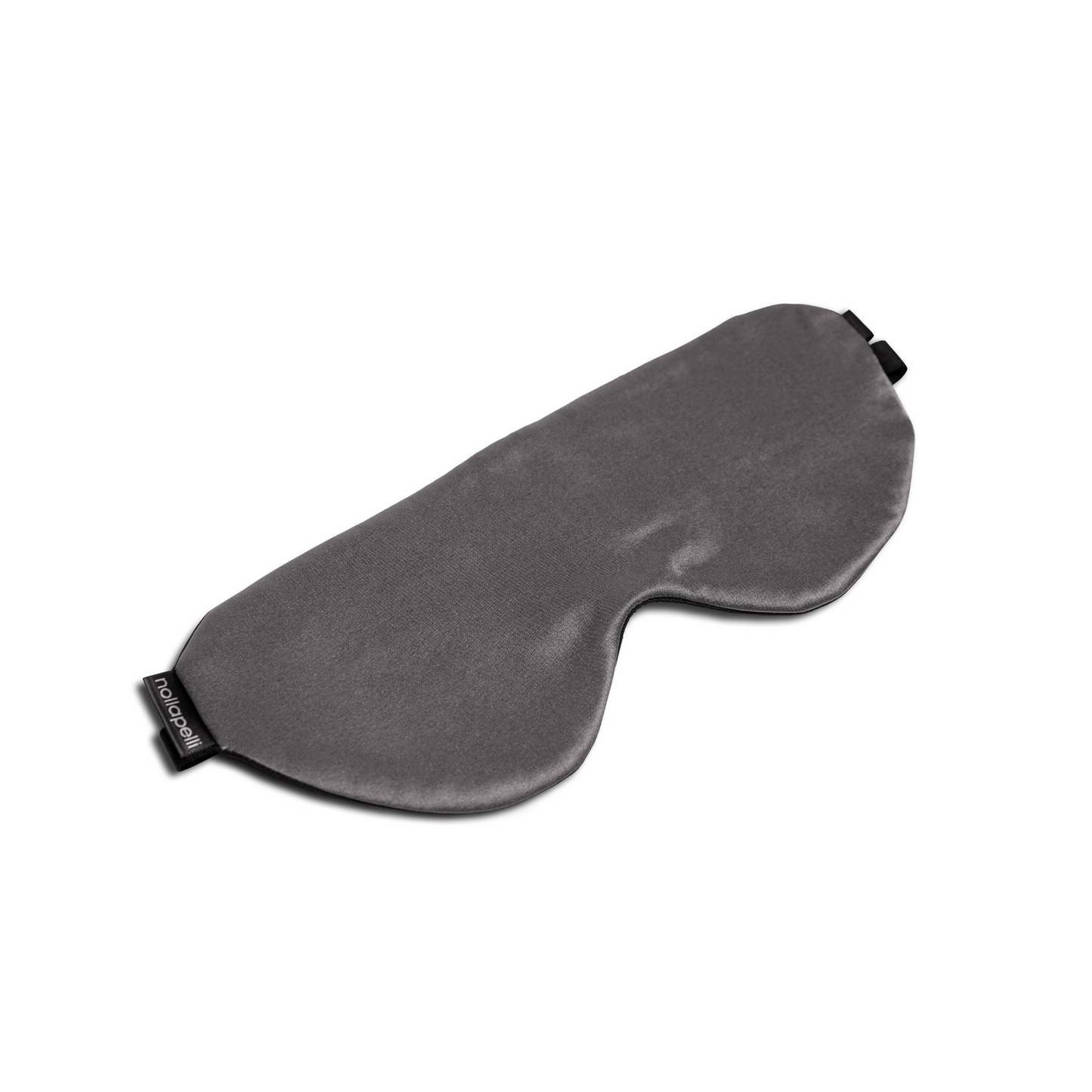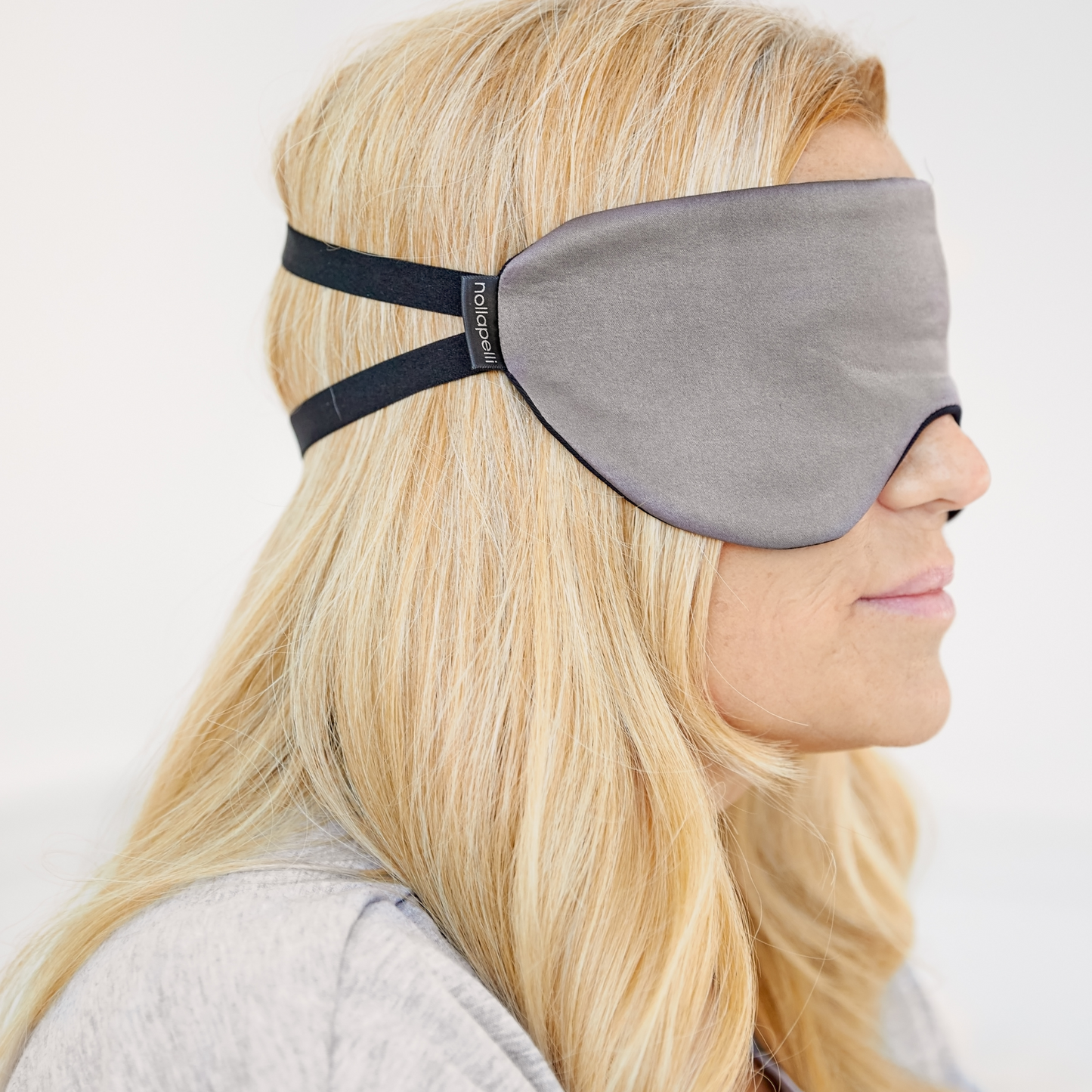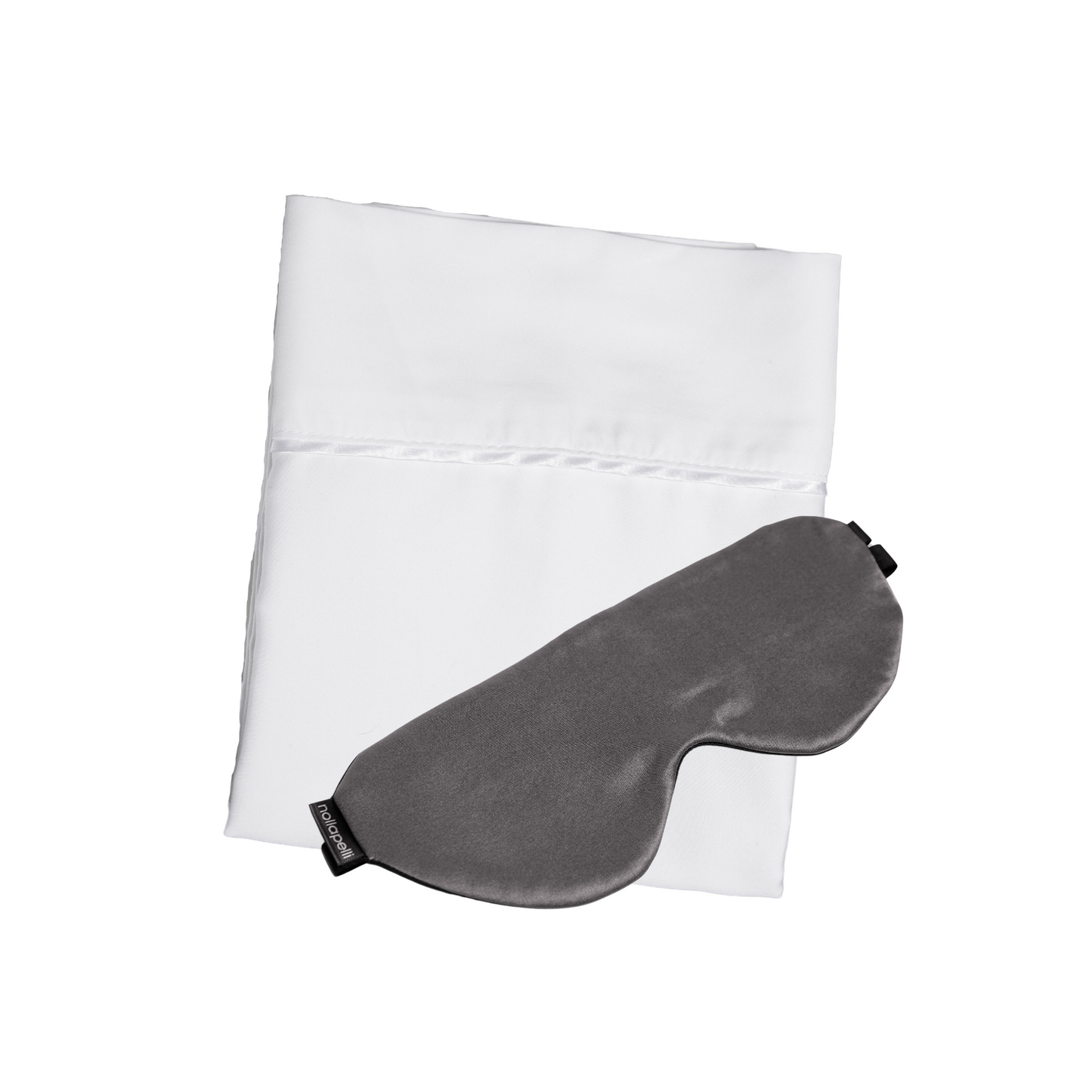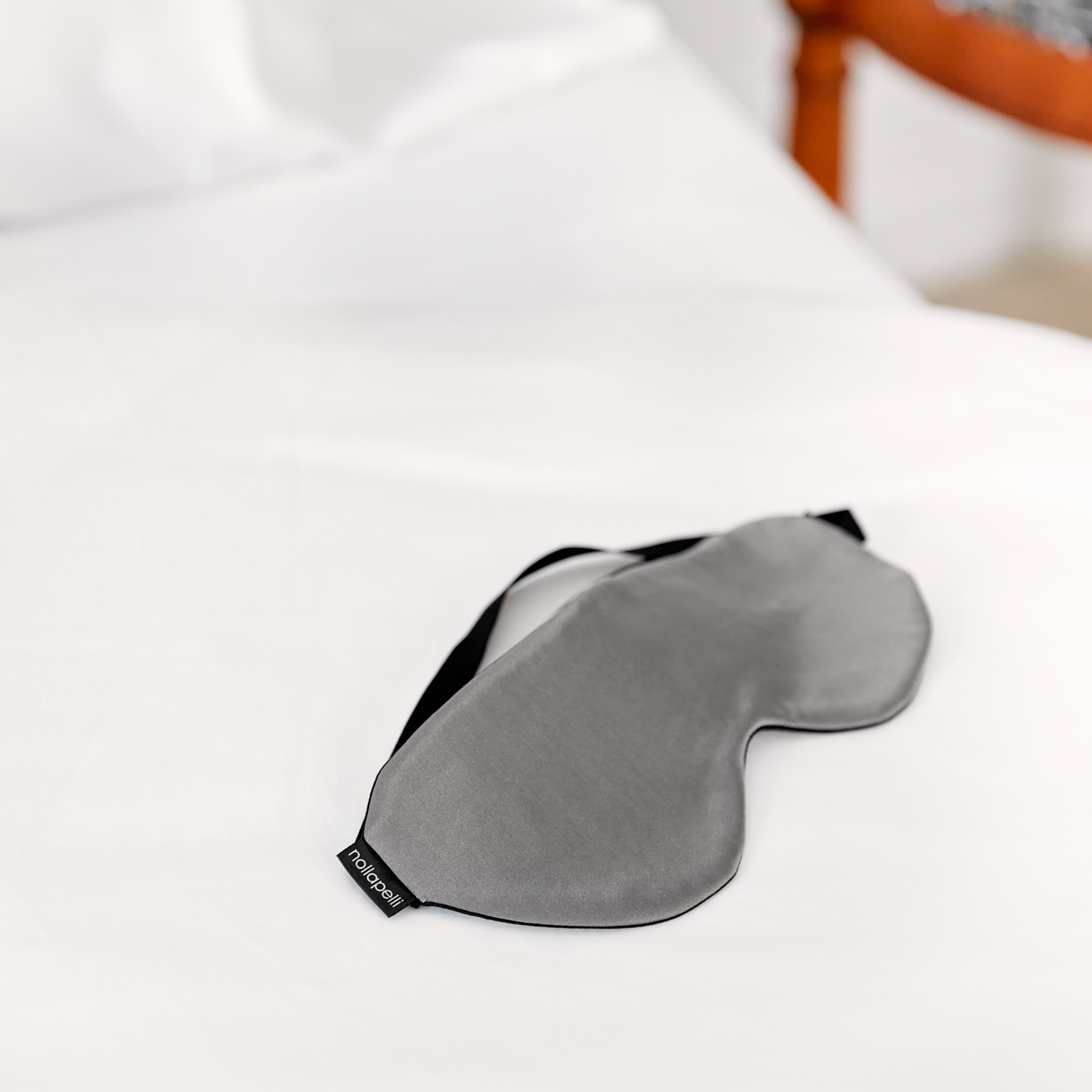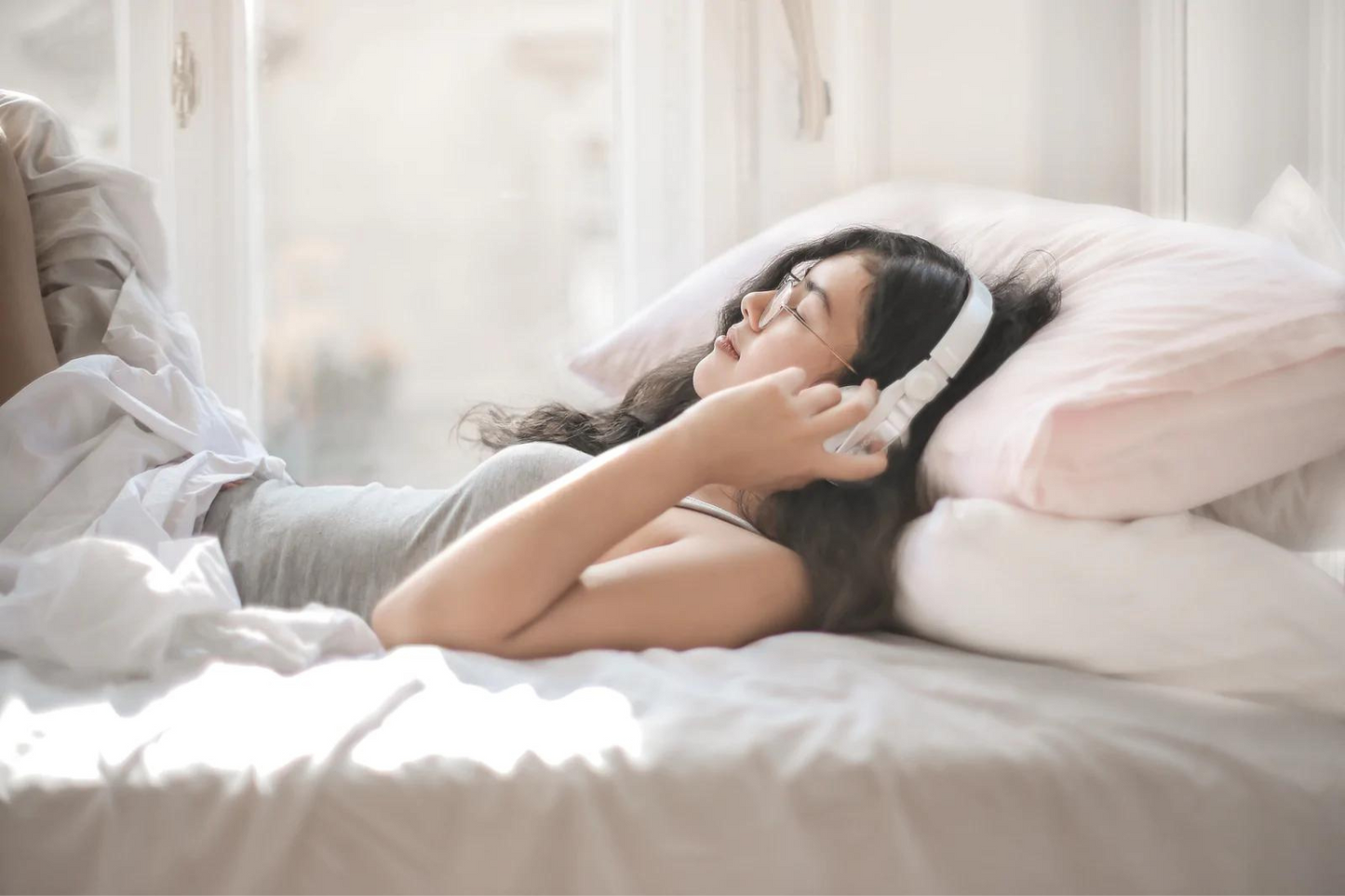
Did you see our latest installment of Beyond the Sheets with Jennifer Norman, founder of The Human Beauty Movement?! If you missed it, jump over to our YouTube channel and checkout our blogcast.
When we asked Jennifer about one thing she does for her sleep everyday, she gave a refreshing answer- one worth exploring a bit more. To fall asleep and remain in a deep sleep, Jennifer listens to binaural beats.
What the heck are binaural beats anyway?!
Binaural beats are an auditory illusion. As Jennifer explained, the important thing is having one tone come in one ear and another tone come into another ear. You can achieve this by using headphones. This creates an illusion in your mind of a third tone. Your mind is hypnotized, settling your brainwaves into a particular state or a particular frequency.
Here's a quick primer on different types of brainwaves:
- Beta (14–30 Hz): awake, concentrated, alert (we spend most of the day here)
- Alpha (8–14 Hz): meditative state, awake but relaxed, twilight state between sleep and waking, improved memory recall.
- Theta (4–8 Hz): light dreaming, access to unconscious mind.
- Delta (0.1–4 Hz): deep dreamless sleep, restorative, complete loss of awareness.
Theta and delta state binaural beats promote sleep. Look for binaural beats with frequencies between 4 - 8 Hz (Hertz or cycles per second) for a theta frequency. For delta, look for less than 4 Hz for deep sleep.
There are binaural beats designed to help with stimulus or achieve a beta state (an active and alert state) or alpha state (a relaxed state while awake). For falling asleep and achieving a deep sleep, we want binaural beats which promote a theta state of mind, which is a drowsy state of light sleep where we dream. From theta we then want to enter a delta state of mind, a deep state of the unconscious mind where regeneration lives. Or, simply put, delta equals deep sleep. Listen to an example below -
Where to find binaural beat collections...
Binaural beats are tones, not music. Jennifer described the sound as similar to a sound bath, or a “bath” of sound waves. Search “binaural beats sleep” on YouTube and you will be presented with multiple 8-hour tracks to keep you in restful sleep throughout the night. Remember the frequencies to search for - you are looking for 8 Hz and below.
If you are finding insomnia is becoming more prevalent, especially during more stressful times, binaural beats may just be worth a try to help your brain and body reach a deep sleep. And of course don't forget to pair your favorite beats with your favorite sheets from Nollapelli!
To hear a two-minute take on Jennifer’s experience with binaural beats, check out our Beyond the Sheets chat and fast forward to 23:15.
Photo by Andrea Piacquadio from Pexels

